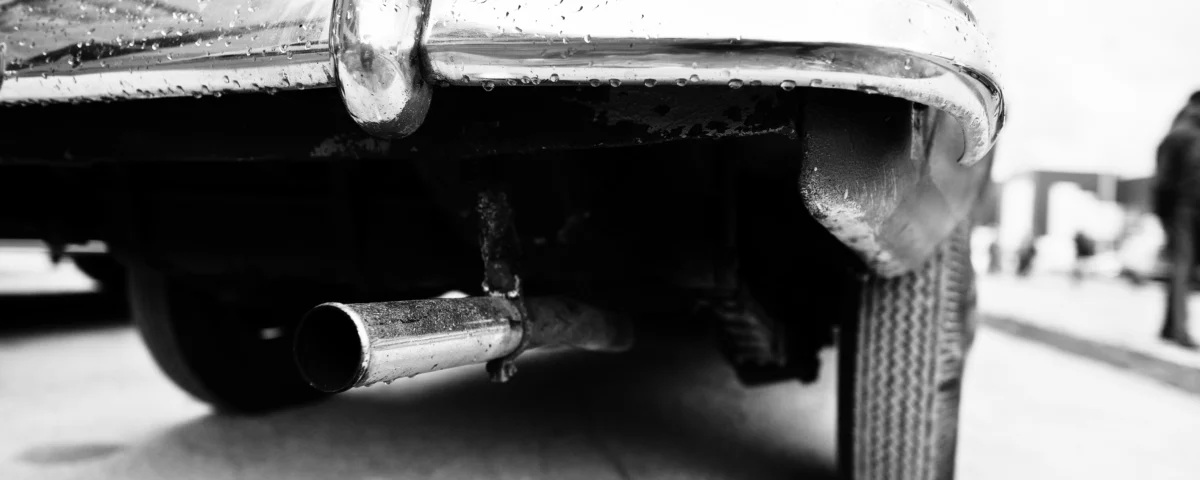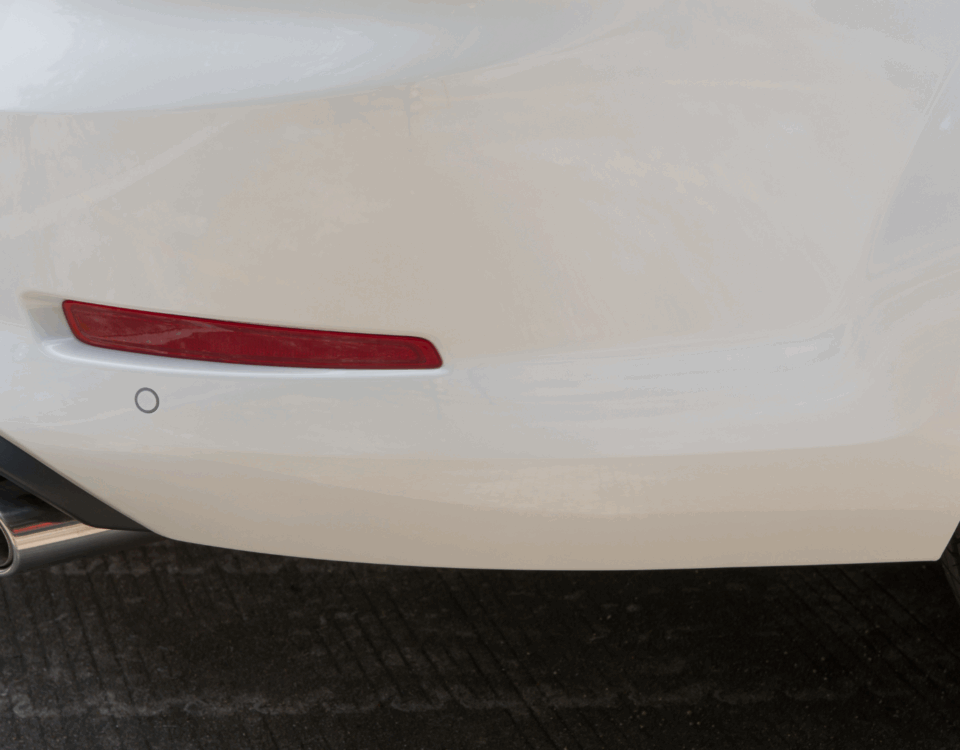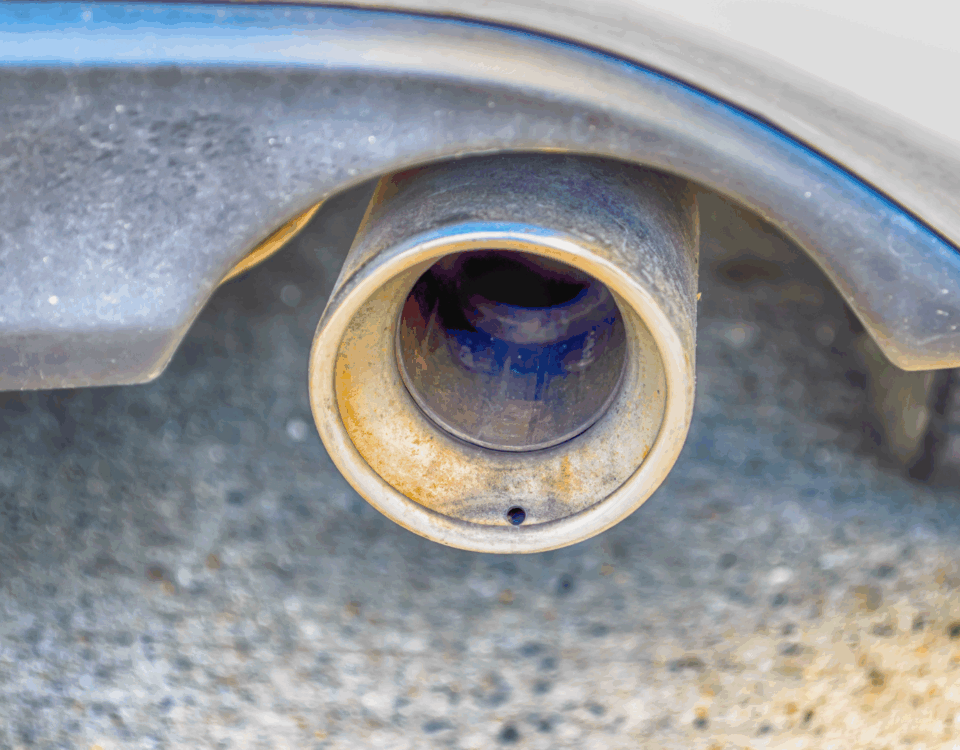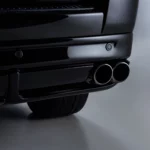
Understanding the Common Reasons for Smog Test Failure
April 10, 2025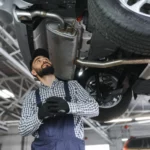
Avoiding the Common Reasons for Smog Test Failure
April 10, 2025A Closer Look at the Smog Test Process
A smog test measures a vehicle’s emissions and helps determine its impact on the environment. Vehicles that fail are either polluting too much or not working efficiently. Knowing what’s checked during this process helps car owners take the right steps to prevent failure and keep their cars running clean.
Effects of Engine Misfires on Smog Test Results
Engine misfires are a red flag during a smog test. They cause the engine to run unevenly, which leads to increased emissions. Misfires can be caused by faulty ignition coils, bad spark plugs, or fuel issues. Fixing these problems not only helps with emissions but also improves performance and fuel economy.
The Role of the Exhaust System
Your vehicle’s exhaust system is directly tied to the results of the smog test. Any leaks, blockages, or damaged components can interfere with emissions readings. Having your exhaust system inspected regularly can prevent test failures and ensure the gases are filtered properly before being released.
How Oil Condition Affects Smog Test Outcomes
Old or dirty engine oil can negatively impact your smog test. As oil breaks down, it can produce extra hydrocarbons, which are then released through the exhaust. Changing your oil before the test can reduce emissions and increase your chances of passing. It’s a small task that offers a big benefit.
Smart Preventive Maintenance Before a Smog Test
Preventive maintenance is the most effective strategy to avoid smog test failure. Regularly replacing air filters, spark plugs, and checking for any engine codes can keep your vehicle in peak shape. A well-maintained car is more likely to produce lower emissions and breeze through the test without issues.
Read More:



